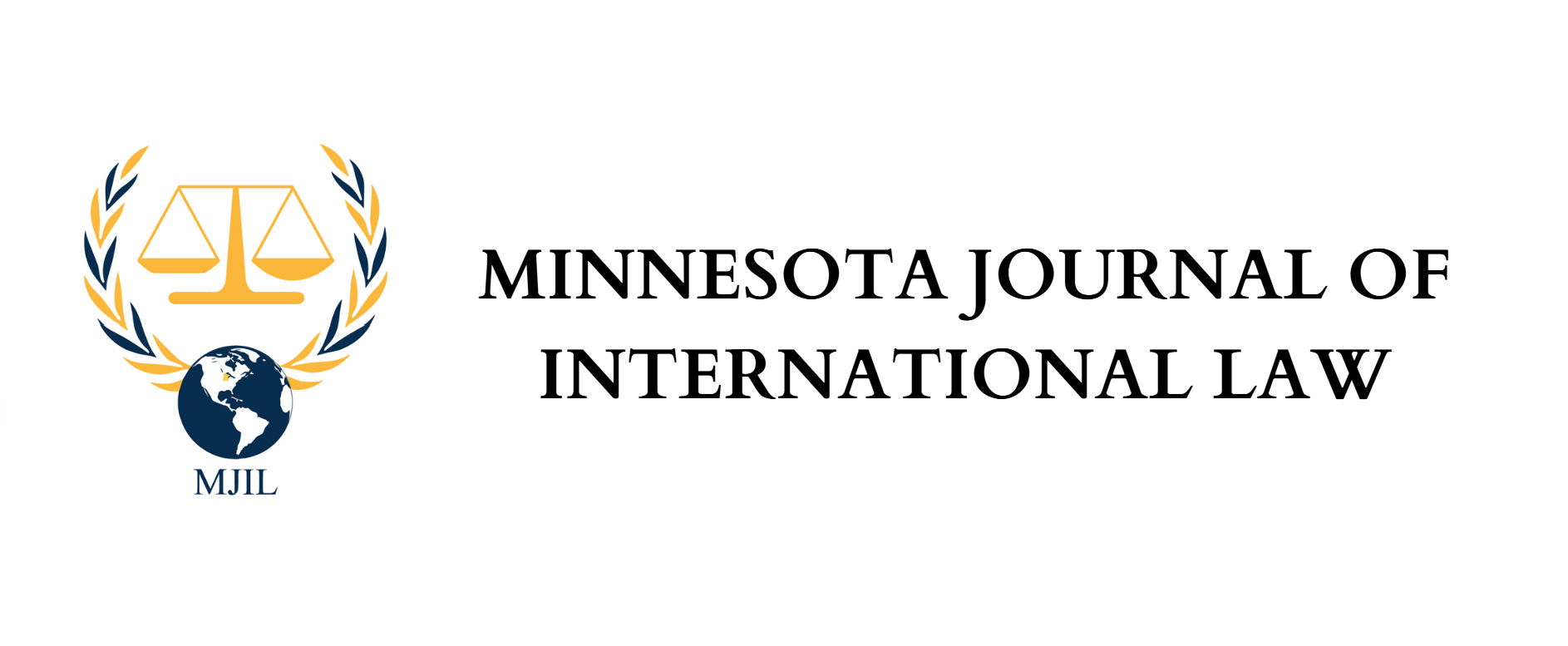John Robinson, Staff Member
On January 10, 2018, the United States Bureau of Consular Affairs implemented a new system for issuing travel advisories and travel alerts.[1] The new scheme replaces a system that has been in place for nearly forty years.[2] The Department of State began issuing travel information in the form of notices, bulletins, and warnings in 1978.[3] In 2007, these public announcements were renamed “travel alerts” and “travel warnings,”[4] which were issued against countries on an individualized basis.[5] “Travel alerts” identified short-term events, while “travel warnings” were issued based on security situations in a country.[6] The new scheme classifies every nation in the world into classifications based on threat levels and risk factors.[7] The new advisories apply one of four levels of travel advice, and up to seven different risk indicators.[8] No other country has such a complex travel advisory system.
The Department of State explained that the updated system is intended to clarify travel information for United States citizens who had trouble differentiating between “travel alerts” and “travel warnings.”[9] The new advisories are supposed to be clear and readily understandable.[10] But is that really the case? Mexico has a level two rating and is designated a “C” risk country (Crime). An additional eleven Mexican states have a level three warning, which urges people to ‘reconsider travel’ there. Mexico has thirty-one states, half of which are now under level three or four.[11] If Americans have trouble differentiating between “travel warnings” and “travel alerts,” how does the Department of State expect those same people to differentiate between four advisory levels and seven risk indicators? The bottom line is that if you intend to travel to outside the United States any time soon, be sure to study the “clarified” travel information before leaving:[12]
Levels: Level 1 – Exercise Normal Precautions, Level 2 – Exercise Increased Caution: Level 3 – Reconsider Travel, Level 4 – Do Not Travel:
Risk Indicators: C (Crime), T (Terrorism), U (Civil Unrest), H (Health), N (Natural Disaster). E (Time-limited Event), O (Other).
[1] See Sebastian Modak, U.S. State Department Rolls Out a New Travel Advisory System, CN Traveler (Jan. 10, 2018), https://www.cntraveler.com/story/us-state-department-announces-a-new-travel-warning-system.
[2] See Julie Friend, Travel Warnings: Developing Effective Response Procedures, International Educator (2011), https://www.nafsa.org/_/File/_/novdec10_supplement.pdf.
[3] Id.
[4] Id.
[5] Id.
[6] Everett Potter, Five myths about the State Department travel warnings, USA Today (Jan. 18, 2016), https://www.usatoday.com/story/travel/advice/2016/01/18/state-department-travel-alert-warning/78637736/.
[7] See LIVE! Improved Consular Safety and Security Messaging, Bureau Consular Bureaus: U.S. Dep’t of State, https://travel.state.gov/content/travel/en/international-travel/before-you-go/about-our-new-products.html (last visited Jan. 22, 2018) (click the “Travel Advisory” tab to find a description of the four levels and seven risk factor classifications. The “Alerts” tab has current travel alerts.).
[8] See Travel Advisories, U.S. Department of State – Bureau of Consular Affairs, https://travel.state.gov/content/travel/en/traveladvisories/traveladvisories.html.
[9] See Sebastian Modak, supra note 1.
[10] Alexa Lardieri, State Department Rolls Out Revamped Travel Warning System, U.S. News (Jan. 11, 2018), https://www.usnews.com/news/best-countries/articles/2018-01-11/state-department-rolls-out-revamped-travel-warning-system.
[11] See Mexico Travel Advisory, U.S. Department of State – Bureau of Consular Affairs, https://travel.state.gov/content/travel/en/traveladvisories/traveladvisories/mexico-travel-advisory.html.
[12] See U.S. Department of State – Bureau Of Consular Affairs, supra note 8.
